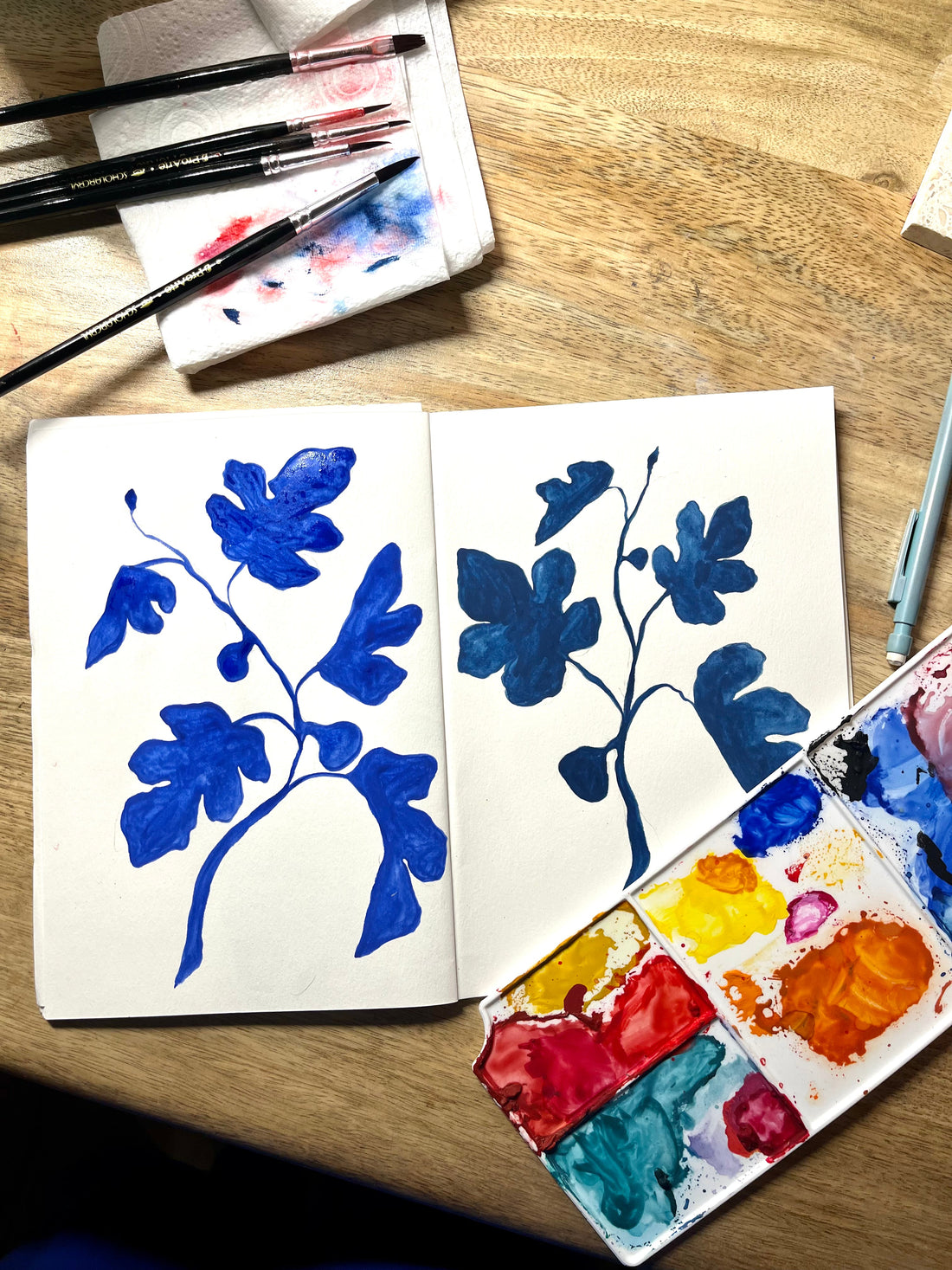
Why I Love Himi Gouache Paints: Dive Into My Favourite Medium
Share
The Vibrant World of Himi Gouache
As an artist who simply LOVES colour, my Himi Gouache paints have quickly become one of my favourites! I love that it comes in an easy-to-use palette format, much better than having to squeeze the paint out of little tubes all the time. I also love that they give a lot of pigment even when diluted down. When I first used them, I was amazed at how vibrant and easy to use they were — perfect for creating lovely rich illustrations as well as very soft washes in my prints and wedding stationery.
- Check out my favourite set here: Himi Gouche Paints -
A Must-Have: My Instant Love for Himi Gouache
I have to admit, I saw the Himi paints on Instagram and was instantly influenced - I think I pressed 'pay' before I'd even thought about it. But they have not disappointed at all!! They are generally known for their smooth application and ability to be really opaque and are now a staple in my little studio.
Perfect for Wedding Stationery: Himi Gouache’s Role in My Creations
When I'm working on wedding stationery, I often use Himi Gouache paints for the intricate floral designs, as the matte finish and rich colour make the illustrations pop. I’ve also found that they blend beautifully, giving me the flexibility to create the soft transitions I love.
Why Himi Gouache Paint is a Game-Changer
I'd say the main benefit of Himi Gouache is the affordability, especially when compared to other premium brands. The quality is great, they last for ages, and the easy-use format is a massive plus for me. Honestly, it's hard to find any downsides other than how messy my hands got when I first unpacked them and pulled off the film top, but that's just me trying to find something wrong with them!
My Top Tips for Using Himi Gouache
My biggest tips for using the Himi Gouache paints are to use enough water so they spread nice and smoothly and then layer up to get the right opacity. It's also important to think about what paper to use - they're super easy to play around with on cheaper, thinner paper, but when you're ready to create something more final, it's best to use a smooth watercolour paper. And most importantly, have fun with them!


